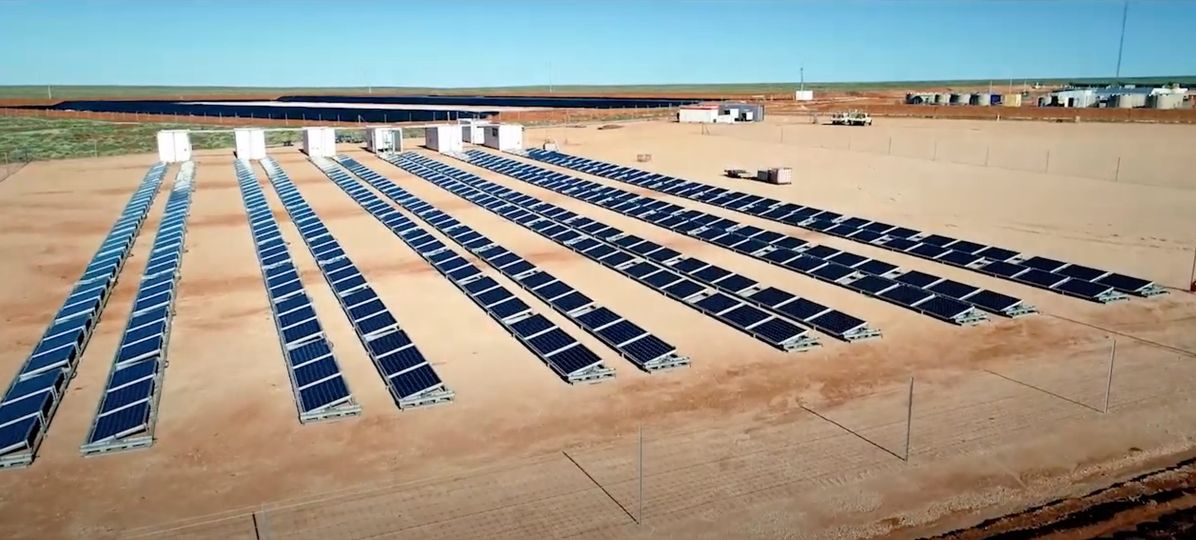Sydney-listed miner Oz Minerals confirmed it will initially source 80% of the energy needs for its West Musgrave Project through an off-grid hybrid renewable power solution, after announcing it had given its final investment approval to develop the massive copper-nickel project in Western Australia.
Oz Minerals said most of the energy needs for the copper and nickel mine will be delivered via an optimized mix of solar PV and wind generation, supported by a battery energy storage system. This will be backed up by diesel-fueled generation. Oz Minerals said the renewable power solution would have a nominal 50 MW base case power supply, with room for expansion.
“Once complete, it will be one of the world’s largest, off-grid hybrid projects,” the miner said.
The renewables-based power solution is to be delivered via a power purchase agreement with an independent power producer. Oz Minerals CEO Andrew Cole said the agreement includes provision for expansion, with the company committed to developing a roadmap to 100% renewable generation.
Oz Minerals plans to start production at the West Musgrave site in late 2025 when it predicts the nickel market – which has been buoyed by demand for battery metals needed for decarbonisation and electrification – will enter a sustained period of undersupply.
“No other metals will have the same intensity of use as the world shifts to cleaner energy and electrification, electric vehicles, wind farms and solar panels,” Cole said.
West Musgrave is expected to produce an average of 35,000 tons of nickel in concentrate and 41,000 tons of copper in concentrate in each of its first five years, with production of 27,000 tons of nickel and 33,000 tons per annum over its 24-year mine life.
Oz Minerals Chair Rebecca McGrath said global electrification is set to drive significant demand for these core metals.
“The board’s approval of West Musgrave is a fundamental step toward realizing Oz Minerals’ strategy to evolve into a modern minerals producer set to supply global copper and nickel markets as the world moves into the decarbonization and electrification era,” she said. “We can see the enormous potential of this project.”
This content is protected by copyright and may not be reused. If you want to cooperate with us and would like to reuse some of our content, please contact: editors@pv-magazine.com.




4 comments
By submitting this form you agree to pv magazine using your data for the purposes of publishing your comment.
Your personal data will only be disclosed or otherwise transmitted to third parties for the purposes of spam filtering or if this is necessary for technical maintenance of the website. Any other transfer to third parties will not take place unless this is justified on the basis of applicable data protection regulations or if pv magazine is legally obliged to do so.
You may revoke this consent at any time with effect for the future, in which case your personal data will be deleted immediately. Otherwise, your data will be deleted if pv magazine has processed your request or the purpose of data storage is fulfilled.
Further information on data privacy can be found in our Data Protection Policy.